Science & Technology

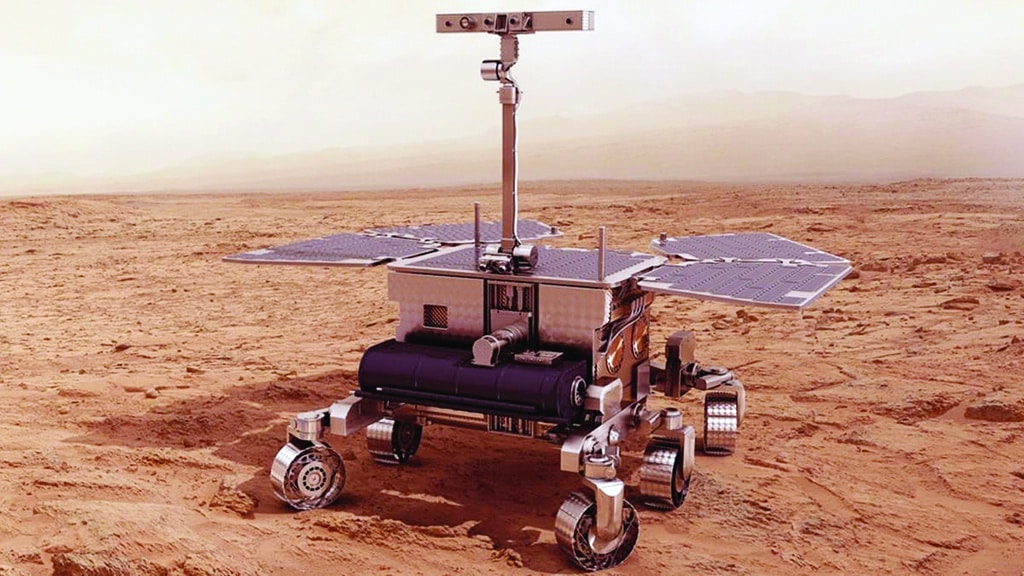
War, budget cuts, a pandemic and a crash: For all its trials, Europe’s ExoMars mission might be more deserving of the name Perseverance than NASA’s Martian rover. But the European Space Agency still hopes the mission can launch in 2028 on its long-delayed quest to search for extraterrestrial life on the Red Planet. This time last year, the ESA’s Rosalind Franklin rover was all ready for a September launch from the Baikonur Cosmodrome in Kazakhstan, planning to catch a ride on a Russian rocket and descend to the Martian surface on a Russian lander. Then Moscow invaded Ukraine in March, and sanctions imposed by the ESA’s 22 member states led to Russia pulling out and the mission being suspended.
It was just the latest blow for the hundreds of scientists who have been working on the project for more than two decades. First conceived in 2001, the ambitious program quickly proved too expensive for Europe, which has still to land a rover on Mars. The United States’ space agency NASA stepped in to fill the funding gap in 2009. But three years later, budget cuts led to NASA pulling out. Help then came from an unexpected source: Russia’s space agency Roscosmos.
Together, the ESA and Roscosmos launched the Schiaparelli EDM module in 2016 as a test run for ExoMars. But when Schiaparelli arrived at Mars, a computer glitch caused it to crash into the surface and fall silent. That failure pushed back the launch of the joint Russian-European ExoMars mission to July 2020. The COVID-19 pandemic pushed that date back to 2022, when it was again delayed by the invasion of Ukraine.
Tricky Russian negotiations
Late last year, the ESA’s ministerial council agreed to kept the mission alive with an injection of 500 million euros ($540 million) over the next three years. David Parker, the ESA’s director of human and robotic exploration, said last week that one of the arguments they put forward for continuing the mission was “that this is a unique piece of European science. “It’s like James Webb,” he said referring to the space telescope that has been sending back astonishing images of distant galaxies since 2022.
“But it’s for Mars-it’s that scale of ambition. “This is the only mission that is foreseen that can actually find evidence of past life.” But some significant hurdles remain that could make a 2028 launch difficult-including that the ESA needs a new way to land its rover on Mars. The ESA will first have to recover European components, including an onboard computer and radar altimeter, from Russia’s Kazachok lander, which is still at its assembly site in Turin, Italy.
However only Russia can extract the components from the lander. Difficult negotiations have been underway for Russian experts to come and dismantle the lander. “We expected them in mid-January, but they didn’t come,” ESA ExoMars program team leader Thierry Blancquaert told AFP. “We asked them to have everything done by the end of March,” he added.
NASA to the rescue?
To get off the ground, the new mission will depend on support from NASA, which has so far indicated it is happy to help. For its new lander, the ESA hopes to take advantage of US engines used to get NASA’s Curiosity and Perseverance rovers onto the Martian surface.
It will also have to rely on NASA for radioisotope heater units, after losing access to Russia’s supply. These units keep the spacecraft warm. NASA has not yet voted on a budget that would support such efforts, but “we are preparing the collaborative work together and things are progressing well,” Blancquaert said.
Francois Forget, an astrophysicist at France’s CNRS scientific research centre, said that “this new impetus for cooperation is linked to the fact that this time, the US has a joint project with Europe: Mars Sample Return.” The mission, planned for around 2030, is intended to return to Earth samples collected from Mars by both ExoMars and Perseverance, which touched down on the planet in July 2021.
Unlike Perseverance, the Rosalind Franklin rover can drill up to two meters (6.5 feet) below the surface of Mars, where traces of possible ancient life could be better preserved. ExoMars’ planned landing site is also in an area of Mars expected to have been more favorable to hosting past life. “We think there was a lot of water there,” said Forget. “There is another Mars to explore, so even in 10 years’ time the mission will not be obsolete,” he added. – AFP
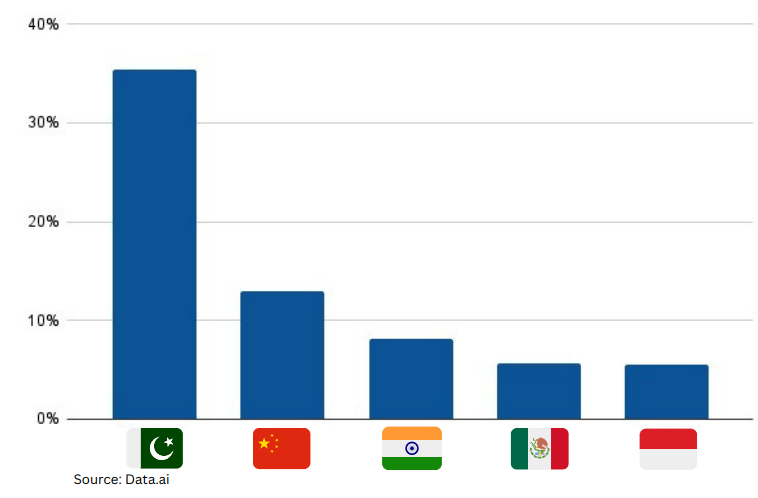
The number of apps downloaded by Pakistanis in 2022 rose by 35.4 per cent compared to the preceding year, making the country the fastest-growing apps market in the world, according to a report by Data Darbar, a private markets intelligence platform.
The growth rate, which had been 26.8pc in 2021 and jumped to 35.4pc last year, was almost three times that of the next country on the list — China. The growth rates of the next three countries — India, Mexico and Indonesia — were below 10pc.
However, in absolute terms, Pakistan was ranked ninth, up three spots from the preceding year.
“With 3.5 billion downloads, Pakistan was ahead of all comparable markets except for Indonesia. That trend replicated on other metrics: the Southeast Asian nation had both the highest number of publishers and locally made apps,” the report added.
Pakistanis used mobile apps for 161bn hours in 2022, according to the report, placing the country sixth worldwide.
“Pakistan was only second to Indonesia in terms of the number of outstanding active apps by local publishers. However, in terms of traction and usage, very few of the locally developed apps make it to the top charts in Pakistani.”
WhatsApp Business was the most downloaded app according to the report, followed by Snapchat, WhatsApp Messenger, Capcut and TikTok. Among locally developed apps, Easypaisa was the most downloaded, followed by Jazz, Jazz Cash, Zong and Universal Remote TV.
Most downloaded apps by category
Shopping
Alibaba
Daraz
OLX
Savyour
Ali Express
Short-videos (excluding TikTok)
SnackVideo
Bigo Live
Likee
FunXD
Chamet
Audio streaming
Spotify
Starmaker
Bajao
Soundcloud
YouTube Music
Finance
Easypaisa
JazzCash
Barwaqt
Zindigi
PK Loan
Video streaming
Tamasha
Netflix
ARY Zap
Tapmad
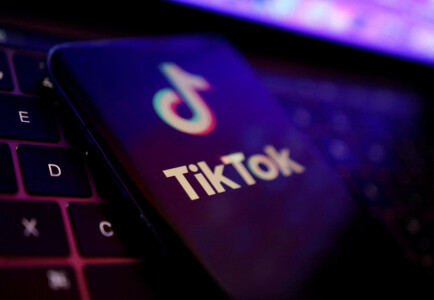
WASHINGTON: The House Foreign Affairs Committee plans to hold a vote next month on a bill aimed at blocking the use of China’s popular social media app TikTok in the United States, the committee confirmed on Friday.
The measure, planned by the panel’s chair Representative Michael McCaul, a Republican, would aim to give the White House the legal tools to ban TikTok over US national security concerns.
“The concern is that this app gives the Chinese government a back door into our phones,” McCaul told Bloomberg News, which reported the vote timing earlier.
In 2020, then-president Donald Trump attempted to block new users from downloading TikTok and ban other transactions that would have effectively blocked the app’s use in the United States, but lost a series of court battles over the measure.
The Biden administration in June 2021 formally abandoned that effort. Then last month, Republican Senator Marco Rubio unveiled bipartisan legislation to ban TikTok, which would also block all transactions from any social media company in or under the influence of China and Russia.
But a ban of the short video app, which is owned by ByteDance and is popular among teens, would face significant hurdles in Congress to pass, and would need 60 votes in the Senate.
For three years, TikTok _ which has more than 100 million US users _ has been seeking to assure Washington that the personal data of US citizens cannot be accessed and its content cannot be manipulated by China’s Communist Party or anyone else under Beijing’s influence.
TikTok said on Friday “calls for total bans of TikTok take a piecemeal approach to national security and a piecemeal approach to broad industry issues like data security, privacy, and online harms”.
The US government’s committee on foreign investment in the United States (CFIUS), a powerful national security body, ordered ByteDance in 2020 to divest TikTok because of fears that user data could be passed on to China’s government.
The CFIUS and TikTok have been in talks since 2021, aiming to reach a national security agreement to protect the data of TikTok users.
TikTok said it had a “comprehensive package of measures with layers of government and independent oversight to ensure that there are no backdoors into TikTok that could be used to manipulate the platform” and invested roughly $1.5 billion to date on those efforts.
White House press secretary Karine Jean-Pierre declined to comment on the bill on Friday. “It’s under review by (CFIUS) so I am just not going to get into details on that,” Jean-Pierre said.
Last month, Biden signed legislation that included a ban on federal employees using or downloading TikTok on government-owned devices. More than 25 US states have also banned the use of TikTok on state-owned devices.
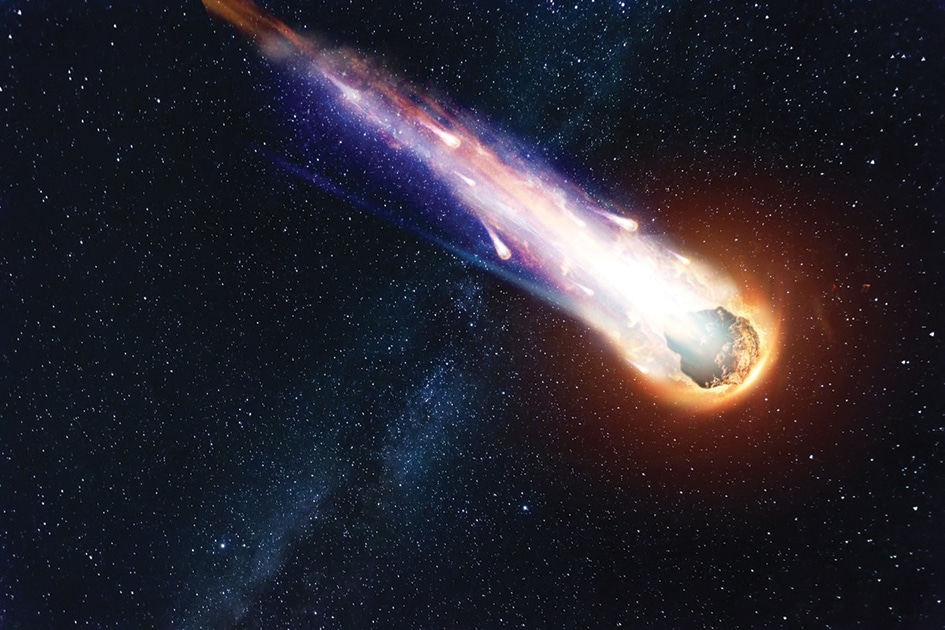
A newly discovered comet could be visible to the naked eye as it shoots past Earth and the Sun in the coming weeks for the first time in 50,000 years, astronomers have said. The comet is called C/2022 E3 (ZTF) after the Zwicky Transient Facility, which first spotted it passing Jupiter in March last year. After travelling from the icy reaches of our Solar System it will come closest to the Sun on January 12 and pass nearest to Earth on February 1. It will be easy to spot with a good pair of binoculars and likely even with the naked eye, provided the sky is not too illuminated by city lights or the Moon.
The comet “will be brightest when it is closest to the Earth”, Thomas Prince, a physics professor at the California Institute of Technology who works at the Zwicky Transient Facility, told AFP. Made of ice and dust and emitting a greenish aura, the comet is estimated to have a diameter of around a kilometer, said Nicolas Biver, an astrophysicist at the Paris Observatory.
That makes it significantly smaller than NEOWISE, the last comet visible with an unaided eye, which passed Earth in March 2020, and Hale-Bopp, which swept by in 1997 with a potentially life-ending diameter of around 60 kilometers. But the newest visit will come closer to Earth, which “may make up for the fact that it is not very big”, Biver said.
While the comet will be brightest as it passes Earth in early February, a fuller moon could make spotting it difficult. For the Northern Hemisphere, Biver suggested the last week of January, when the comet passes between the Ursa Minor and Ursa Major constellations. The new moon during the weekend of January 21-22 offers a good chance for stargazers, he said.
“We could also get a nice surprise and the object could be twice as bright as expected,” Biver added. Prince said another opportunity to locate the comet in the sky will come on February 10, when it passes close to Mars.
The comet has spent most of its life “at least 2,500 times more distant than the Earth is from the Sun”, Prince said. Biver said the comet was believed to have come from the Oort Cloud, a theorized vast sphere surrounding the Solar System that is home to mysterious icy objects. The last time the comet passed Earth was during the Upper Paleolithic period, when Neanderthals still roamed Earth.
Prince said the comet’s next visit to the inner Solar System was expected in another 50,000 years. But Biver said there was a possibility that after this visit the comet will be “permanently ejected from the Solar System”. Among those closely watching will be the James Webb Space Telescope. However, it will not take images, instead studying the comet’s composition, Biver said.
The closer the comet is to Earth, the easier it is for telescopes to measure its composition “as the Sun boils off its outer layers”, Prince said. This “rare visitor” will give “us information about the inhabitants of our Solar system well beyond the most distant planets”, he added. – AFP
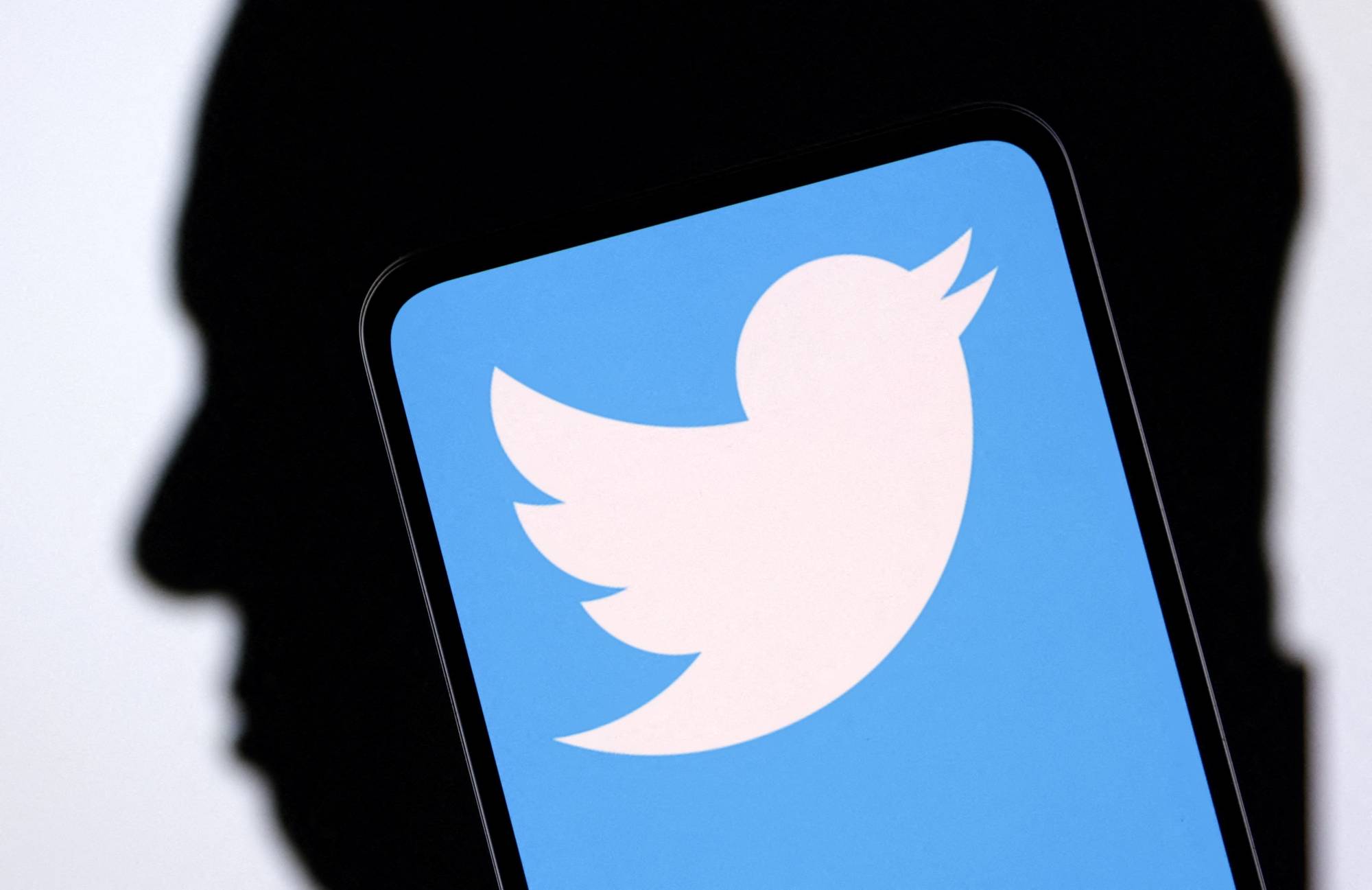
NEW YORK: Twitter Inc restored a feature that promoted suicide prevention hotlines and other safety resources to users looking up certain content, after coming under pressure from some users and consumer safety groups over its removal.
A news agency reported on Friday that the feature was taken down a few days ago, citing two people familiar with the matter, who said the removal was ordered by the social media platform’s owner Elon Musk. After the publication of the story, Twitter's head of trust and safety Ella Irwin confirmed the removal and called it temporary. “We have been fixing and revamping our prompts. They were just temporarily removed while we do that,” Irwin said in an email. “We expect to have them back up next week,” she said.
About 15 hours after the initial report, Musk — who did not initially respond to requests for comment — tweeted, “False, it is still there.” In response to criticism by Twitter users, he also tweeted, “Twitter doesn’t prevent suicide.” The feature, known as #ThereIsHelp, placed a banner at the top of search results for certain topics. It listed contacts for support organisations in many countries related to mental health, HIV, vaccines, child sexual exploitation, Covid-19, gender-based violence, natural disasters and freedom of expression.
Its elimination had led some consumer safety groups and Twitter users to express concerns about the well-being of vulnerable users of the platform.
In part due to pressure from consumer safety groups, internet services — including Twitter, Alphabet’s Google and Meta’s Facebook — have for years tried to direct users to well-known resource providers such as government hotlines when they suspect someone may be in danger of harming themselves or others.
In her email, Twitter’s Irwin said, “Google does really well with these in their search results and (we) are actually mirroring some of their approach with the changes we are making.” She added, “We know these prompts are useful in many cases and just want to make sure they are functioning properly and continue to be relevant.” Eirliani Abdul Rahman, who had been on a recently dissolved Twitter content advisory group, said the disappearance of #ThereIsHelp was “extremely disconcerting and profoundly disturbing.”

Apple Inc said on Tuesday it will raise prices of apps and in-app purchases on its App Store from next month in all of the eurozone and some countries in Asia and South America. The new prices, excluding auto-renewable subscriptions, will be effective as early as Oct 5, Apple said in a blog post. The United States tech giant periodically adjusts its prices in different regions and reduced prices for eurozone countries last year to adjust for currencies and taxes, dropping starting prices for many apps to 99 euro cents from 1.09 euros. The latest price rise increases those starting prices to 1.19 euros. A rapid rise in inflation, interest rates and energy prices this year has hammered the yen, the euro and most emerging economy currencies. The euro has dropped to two-decade lows this year and has been languishing around parity against the dollar for weeks. Apart from eurozone countries, the price increases will hit Sweden and Poland in Europe; Japan, Malaysia, Pakistan, South Korea and Vietnam in Asia; and Chile in South America. For some countries like Vietnam, the price increase was due to new regulations relating to collecting tax from consumers, Apple said. Apple, which launched its latest generation of iPhones earlier this month, has been developing its services business to reduce dependency on its mainstay smartphones. Revenue from Apple’s services business, which includes the App Store, has been growing at a rapid pace in the last few years and now hovers around $20 billion per quarter.
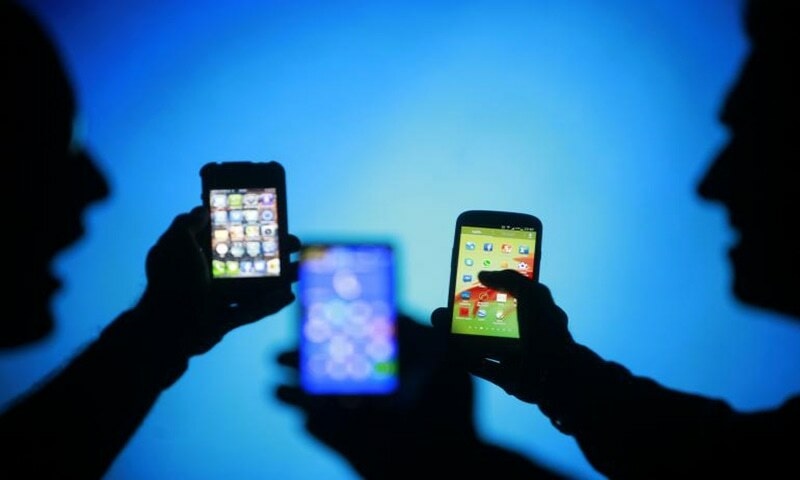
اگرچہ پاکستانی صارفین موبائل انٹرنیٹ کی سست رفتاری کا رونا روتے ہیں، تاہم انٹرنیٹ کی اسپیڈ پر نظر رکھنے والے عالمی ادارے کی رپورٹ کے مطابق پاکستان خطے کے دیگر ممالک سے آگے ہے۔
انٹرنیٹ اسپیڈ پر نظر رکھنے والے امریکی ملٹی نیشنل ادارے اوکلا کی اسپیڈ ٹیسٹ کی سال 2022 کی رپورٹ کے مطابق پاکستان خطے کے دیگر ممالک بھارت، سری لنکا، بنگلا دیش اور افغانستان سے موبائل انٹرنیٹ میں آگے ہے۔
رپورٹ میں موبائل انٹرنیٹ کی اسپیڈ میں 139 ممالک کو شامل کیا گیا ہے، جس میں پاکستان 116 ویں نمبر پر ہے۔
افغانستان اور بنگلادیش موبائل انٹرنیٹ کے حوالے سے دنیا کے 10 بدترین ممالک میں شامل ہیں۔
رپورٹ میں بتایا گیا کہ پاکستان میں موبائل پر انٹرنیٹ کی ڈاؤن لوڈنگ کی اوسط رفتار 14.63 ایم بی پی ایس جب کہ اپ لوڈنگ کی اوسط رفتار 9.38 ایم بی پی ایس ہے جو کہ خطے کے دیگر ممالک سے زیادہ ہے۔
حیران کن طور پر انٹرنیٹ ٹیکنالوجی آلات اور سسٹمز کے حوالے سے پاکستان سے کئی گنا آگے رہنے والے بھارت میں بھی موبائل انٹرنیٹ رفتار سست ہے اور وہ فہرست میں پاکستان سے دو قدم پیچھے ہے۔
بھارت مذکورہ فہرست میں 118 ویں نمبر پر ہے جب کہ سری لنکا 121 ویں، بنگلا دیش 130 ویں جب کہ افغانستان 138 ویں نمبر پر ہے، یعنی افغانستان بدترین ممالک میں دوسرے نمبر پر ہے۔
اسی طرح رپورٹ سے معلوم ہوتا ہے کہ برانڈ بینڈ انٹرنیٹ کی رفتار کے حوالے سے پاکستان پڑوسی ملک بھارت سے بہت زیادہ پیچھے ہے۔
برانڈ بینڈ یا فکسڈ انٹرنیٹ کے حوالے سے پاکستان 182 ممالک میں سے 150 ویں نمبر پر ہے جب کہ بھارت اس فہرست میں 72 ویں نمبر پر ہے۔
اس فہرست میں صرف افغانستان ہی پاکستان سے اسپیڈ میں پیچھے ہے جب کہ سری لنکا اور بنگلادیش بھی فکسڈ انٹرنیٹ کی رفتار میں پاکستان سے کہیں آگے ہیں۔
موبائل انٹرنیٹ کی اسپیڈ سب سے زیادہ تیز یورپی ملک ناروے میں ہے جب کہ دوسرے نمبر پر متحدہ عرب امارات (یو اے ای) اور تیسرے نمبر پر بلغاریہ ہے۔
موبائل انٹرنیٹ اسپیڈ کے حوالے سے 10 بہترین ممالک میں پانچویں نمبر پر قطر، ساتویں نمبر پر کویت اور نویں نمبر پر سعودی عرب ہے جب کہ دسویں نمبر پر چین ہے۔
اسی طرح فکسڈ انٹرنیٹ رفتار کے حوالے سے امریکی ملک چلی پہلے نمبر پر ہے اور اس کیٹیگری میں پہلے بہترین 10 ممالک میں ایک بھی مسلمان ملک شامل نہیں۔
برانڈ بینڈ انٹرنیٹ اسپیڈ کے حوالے سے متحدہ عرب امارات 15 ویں، کویت بیسویں جب کہ سعودی عرب 38 ویں نمبر پر ہے۔


